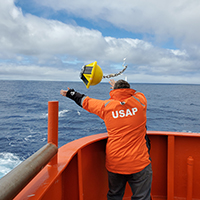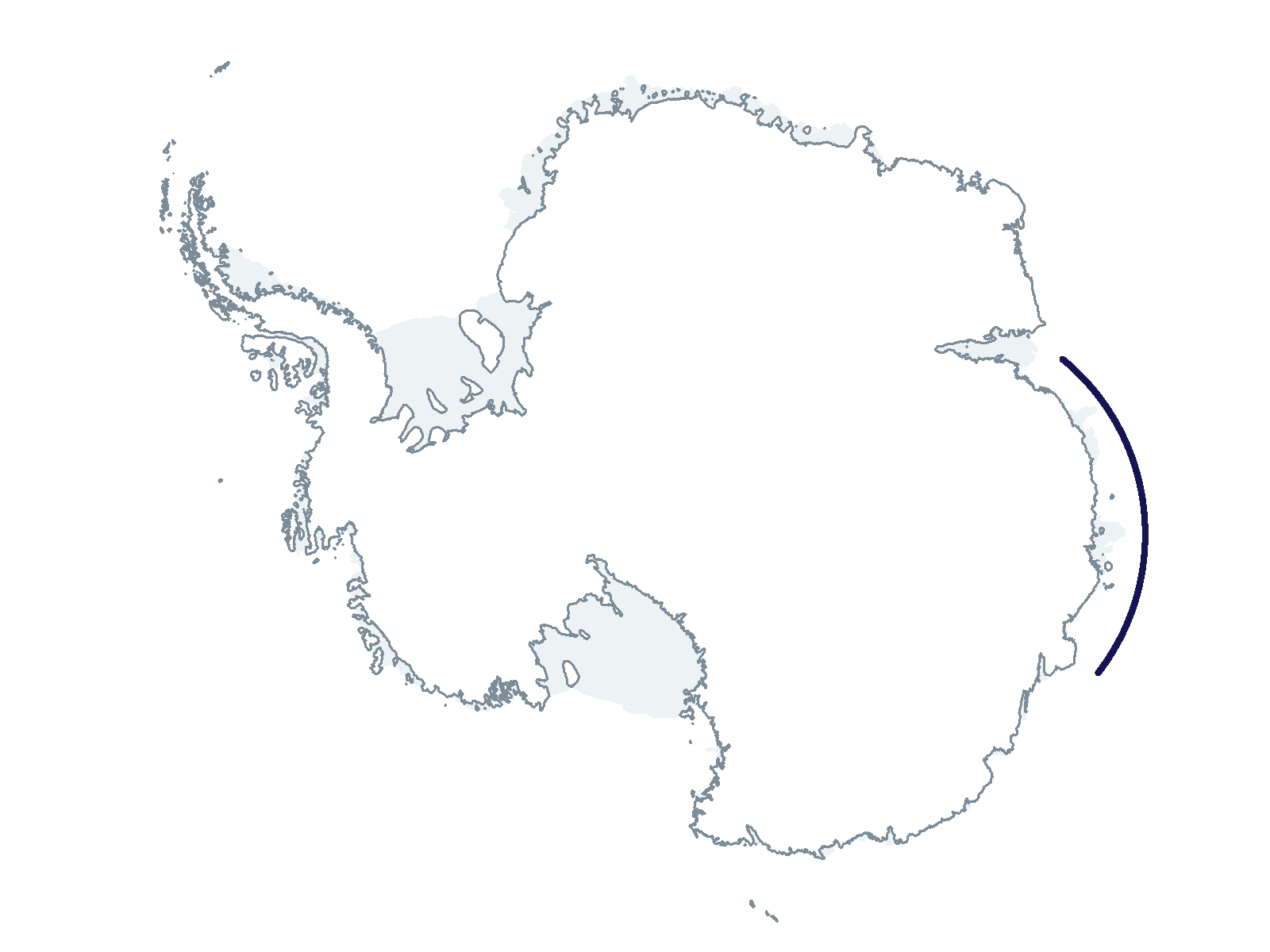2022-2023 USAP Field Season
Project Detail Project TitleCollaborative Research: ANT LIA Cumacean -Omics to Measure Mode of Adaptation to Antarctica (COMMAA) Summary
Event Number:
Program Director:
ASC POC/Implementer: Principal Investigator(s)
Dr. Sarah Anne Gerken
Location
Supporting Stations: RV/IB Nathaniel B. Palmer DescriptionCumaceans are small marine crustaceans, commonly known as comma shrimp, that live in muddy or sandy sediments. In this program, cumaceans will be used as a model system to explore their biology and to evaluate invertebrate animal adaptations to the changing Antarctic. Integrative taxonomy, functional, comparative, and evolutionary genomics, and phylogenetic comparative methods will be used to evaluate diversity in different regions of the Antarctic and identify genes and gene families experiencing expansions, selection, or significant differential expression. A robust phylogenetic framework for Cumacea will be generated based on transcriptomes and genomes. Information related to the rates and timing of species diversification will significantly advance understanding of invertebrate adaptations to cold, stenothermic habitats. The broader impact activities include training for diverse early career scientists, K-12 education through schools and museums, and a variety of products for social media platforms. Curated morphological reference collections will be shared with public collections in the United States and in New Zealand. Field Season OverviewA science team of two people will join the RV/IB Nathaniel B. Palmer cruise to eastern Antarctica. The research team will sample for benthic invertebrates with benthic sleds, trawls, dredges, box corers, multi or mega corers, and grabs depending on substrate type. At most sites, a CTD (conductivity, temperature, and depth) rosette, box corers, and epibenthic sleds or trawls will be deployed. Living specimens will be sieved, sorted, and processed in a manner designed to facilitate observation and documentation of living specimens to ensure they are suitable for molecular work. When there isn't enough time to follow this process, samples will be bulk-fixed in buffered 95% ethanol or buffered 95% ethanol with 5% glycerin. Representative specimens of all species collected will be imaged live and preserved using the most appropriate preservation strategy for each taxon. Deploying Team Members
|
2022-2023 Science Planning Summary



For USAP Participants |
For The Public |
For Researchers and EducatorsContact UsU.S. National Science FoundationOffice of Polar Programs Geosciences Directorate 2415 Eisenhower Avenue, Suite W7100 Alexandria, VA 22314 Sign up for the NSF Office of Polar Programs newsletter and events. Feedback Form |



